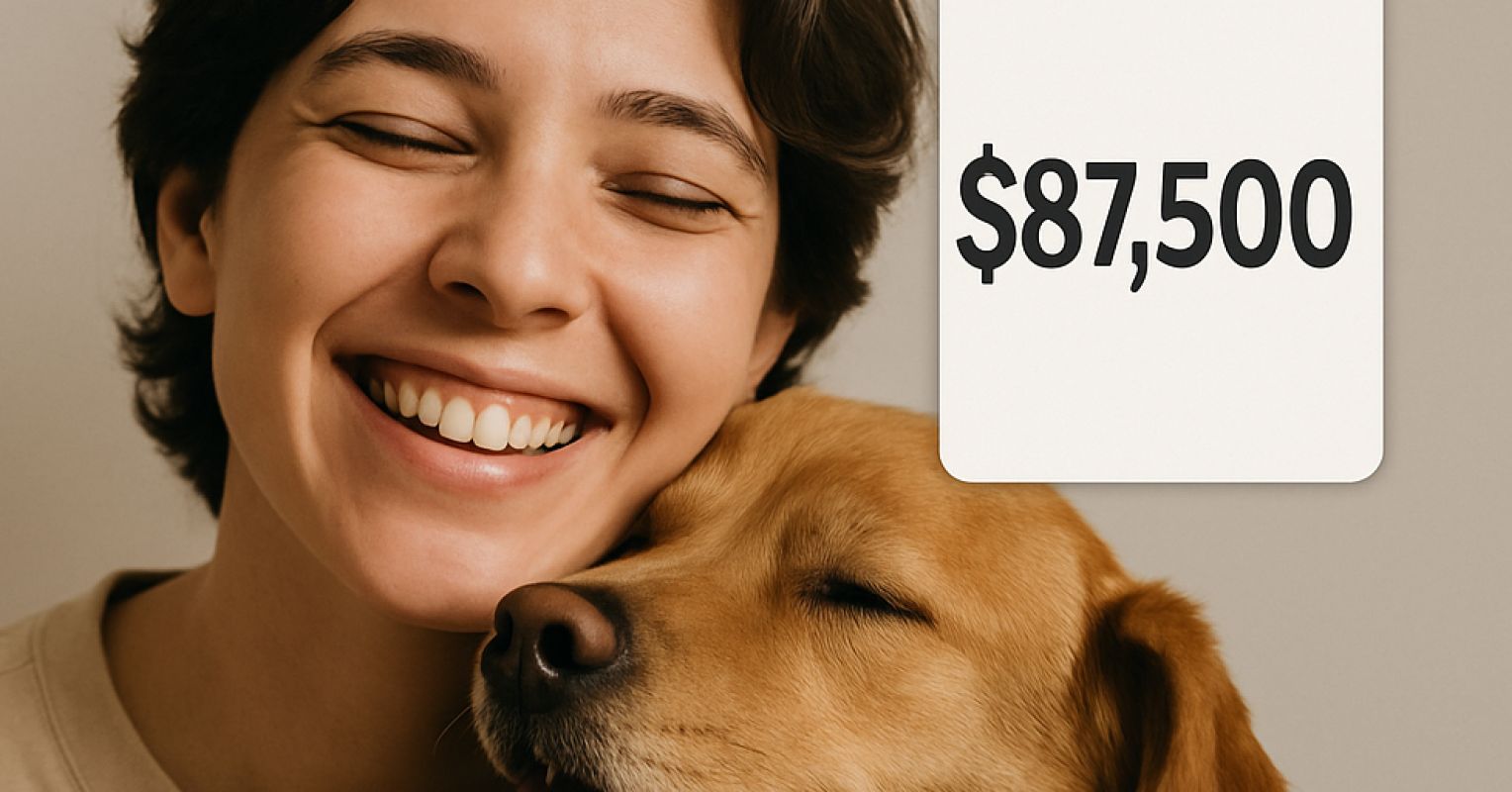A recent study published in Social Indicators Research suggests that having a pet can increase life satisfaction by 3 to 4 points on a 7-point scale. Even more eye-catching, the researchers estimate this happiness boost is equivalent to an extra $87,500 in annual income. In other words, they’re putting a dollar value on the joy pets bring into our lives.
On the surface, this might seem like heartwarming validation for all the pet lovers out there. After all, many of us already know the comfort, companionship, and love that animals can offer. But when we look a little deeper, studies like this raise some important questions about how we think about—and treat—our animal companions.
The Trouble With Price Tags
This particular study uses a method called the “life satisfaction approach,” which attempts to measure the monetary value of non-material things like friendship, love, or—here—pet companionship. While the intention may be to highlight how meaningful pets are to our well-being, framing that value in economic terms can be problematic.
When we reduce a relationship to dollars and cents, we risk seeing animals more as services or products than as fellow beings. Pets, in this light, start to look like emotional investments—furry antidepressants that offer returns in the form of reduced stress or healthcare savings.
Pets Are More Than a Wellness Strategy
It’s certainly true that animals bring immense joy to human lives. They provide companionship, routine, and comfort during tough times. But a model that focuses solely on how pets serve us doesn’t capture the full picture, especially not from the animal’s perspective.
For example, many pets struggle with behavioral issues, isolation, or health challenges that come from selective breeding or from being kept in environments that don’t meet their needs. Exotic pets, in particular, often face significant welfare problems when housed in conditions far removed from their natural habitats.
When we talk about the benefits of pet ownership without also considering these challenges, we risk painting an incomplete—and perhaps overly rosy—picture of the human-animal bond.
Toward a More Reciprocal Relationship
One of the most important shifts we can make is to think less about what pets do for us and more about what kind of relationship we want to build with them. What do we owe the animals we care for? How can we respect their needs, desires, and autonomy—not just our own?
A healthy human-animal relationship is ideally one of mutual enrichment. Yes, we may feel better because of our pets, but ideally, they thrive because of us, too. That means being thoughtful about how we breed, buy, train, and care for them—and questioning assumptions that cast them primarily as tools for human happiness.
Rethinking Policy and Ethics
The study also hints at the idea that pets could play a larger role in public health policy as a cost-effective way to improve well-being. While it’s understandable that policymakers are looking for creative ways to support Mental health, we should be cautious about turning animals into wellness interventions.
Public policies based on the idea that animals are resources to be deployed—like medication or therapy—can unintentionally encourage practices that prioritize human benefits over animal welfare. Instead, policies should support responsible, ethical pet stewardship and acknowledge the full complexity of animal lives.
A Different Kind of Value
In the end, it’s clear that pets hold tremendous value—but not the kind that can be fully captured in an economic model. The love we feel for our animals isn’t something that needs to be justified in dollar terms. And perhaps more importantly, the worth of a dog, a cat, or any animal doesn’t depend on how much they improve our lives.
So while it’s tempting to feel validated by a number like $87,500, maybe the more meaningful question is not how much our pets are worth to us, but how we can make sure we’re worthy of them.
Let’s keep celebrating the joy animals bring—while also doing everything we can to honor, respect, and protect the beings behind those wagging tails and gentle purrs.













